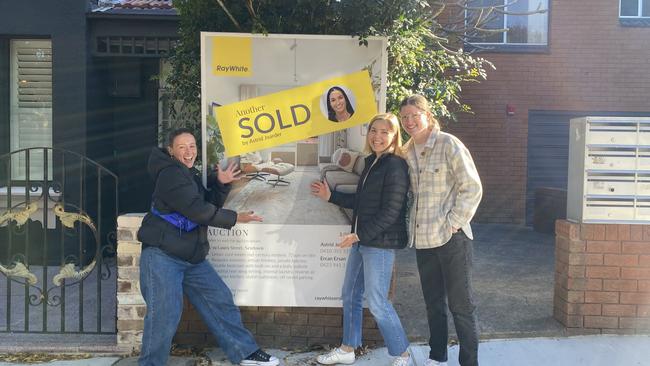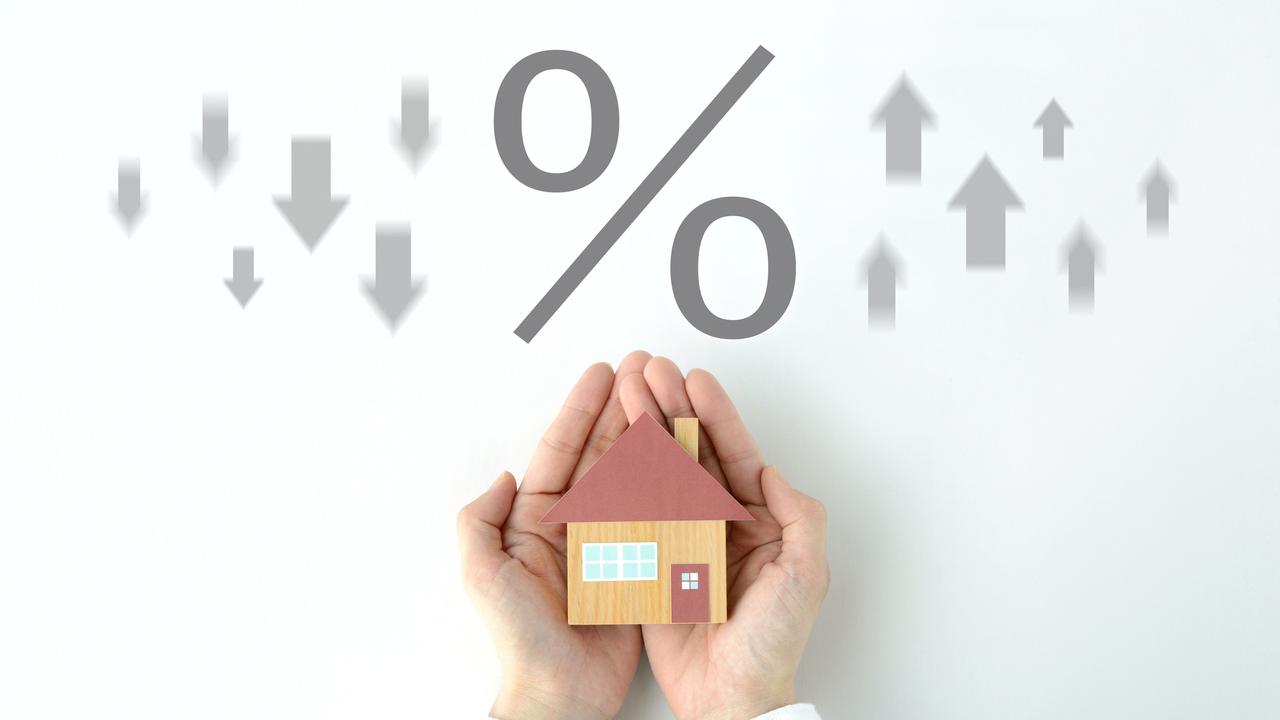Comparing fractional property investing platforms for cash-strapped first home buyers
Buying ‘bricks’ in houses rather than a whole property is a rising investment strategy to bridge the finance gap for first-time property buyers. Here’s what you need to know.

It has never been harder for first-home buyers to crack the property market.
Statistics for them are grim. ANZ’s Housing Affordability report indicates Australia is at record lows on several key affordability metrics and things may only improve slightly this year if as expected the RBA cuts the cash rate.
ANZ says that the time taken for an average income earner to save a 20 per cent deposit for an average home in their capital city is more than 10 years; and after they buy it, more than 50 per cent of income is required to service the mortgage.
Loans or gifts from parents can fast track the ability for their children to buy property but, when this is not possible, it is usually a long and slow journey towards home ownership. Providers such as BrickX have a way for people to invest whatever cash they have into a portion of a property via their fractional property investing platform. However, the limitation is that you cannot live in the property.
You can purchase “bricks” in properties across, NSW, Victoria, Queensland, South Australia and Western Australia – and after you pay the $10 establishment fee and the 0.5 per cent entry fee per brick, you can own part of a property for under $50 per brick in some cases.
Bricklet v DomaCom
Each property is sliced up into 10,000 bricks, and the return to the investor is via the ongoing net rental return and the increase in value of the property, represented by a rising “brick” price.
On the cost side, returns are diluted by expenses such as investment management fees, performance fees, property management fees, withdrawal fees and exit fees, so investors are advised to closely review the product disclosure statement. For investors who like a particular location but do not have the ability to purchase a property outright, fractional property investment platforms provide a solution, but at a cost.
If your objective is to not only own part of a property, but also be able to live in it as your home, DomaCom and Bricklet have come together with a solution designed to solve this.
To understand how it works, there are two separate sides of the transaction.
You have the investor who is someone purely looking for a hands-off property investment. Then there is the aspiring homebuyer who lacks the cash deposit, but has the ability to service a home loan.
On the investor side, DomaCom is about to launch a homeowner equity fund which operates in a similar way to fractional property investing options such as BrickX.
The main difference is that under BrickX you can pick a specific property, whereas under the DomaCom model you gain an exposure to a portfolio of properties. The investors in this fund gain an exposure to a diversified portfolio of residential property investments, and receive rental income and any capital growth generated.
On the other side, you have the aspiring property buyer with strong cashflow but little in the way of a deposit.
“The Bricklet Homeowner Equity Share Program is helping those with high income and low deposit to achieve their dream of home ownership,” DomaCom chief executive Darren Younger says. “The bank provides the home loan, while investors (via the homeowner equity fund) contribute to the deposit and receive an equity stake.”
DomaCom/Bricklet have a partnership with AMP to fund the home buyers’ 80 per cent home loan, while the 20 per cent deposit comes from the investors in the homeowner equity fund who place a caveat over the property under this co-ownership model.
Effectively, rather than a 20 per cent deposit plus stamp duty and legal costs, the homebuyer only needs to cover the stamp duty and legal costs.
After settlement, the homebuyer starts to pay the mortgage equal to 80 per cent of the property value, and is also required to maintain the property and pay holding costs such as council rates and property insurance.
The homeowner must also pay a proportionate amount of rent to the DomaCom fund based on its 20 per cent ownership stake in the property.
The homeowner can choose to exit the arrangement at any time and increase their ownership stake from 80 per cent to 100 per cent. In reality, this is likely to occur after five to seven years when the property should have increased in value to a point where the homeowner has enough equity to refinance and buyout DomaCom’s 20 per cent stake at the market price.
While this probably won’t appeal to all home buyers, many will jump at the opportunity to own 80 per cent of a home today, rather than wait 10 years on average to save up for a deposit. If anything, the problem is likely to be the excess demand from home buyers to participate in the program and finding enough investors willing to put money in the home equity fund which provides the 20 per cent deposit.
James Gerrard is principal and director of financial planning firm financial adviser.com.au




